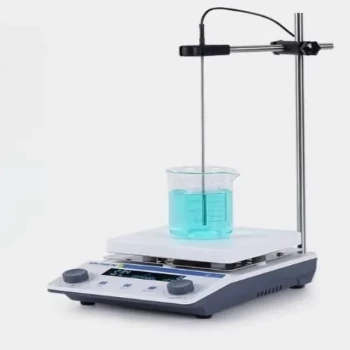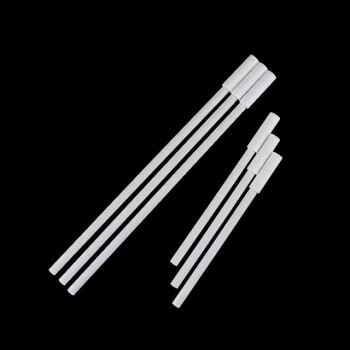Réacteurs à haute pression
Applications
Les réacteurs à haute pression sont des outils indispensables dans le domaine de la recherche chimique, en particulier lorsqu'il s'agit de conditions extrêmes. Ces réacteurs spécialisés sont méticuleusement conçus pour supporter et faciliter les réactions chimiques à haute température et à haute pression, ce qui les rend idéaux pour manipuler des matériaux présentant des risques importants.
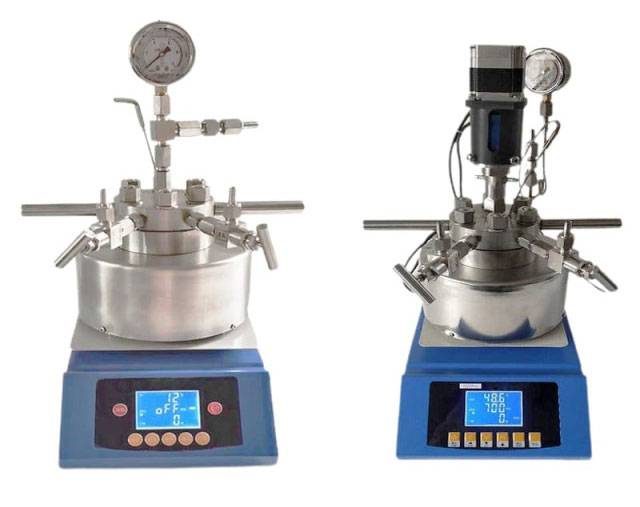
Les réacteurs à haute pression sont particulièrement utiles pour les expériences impliquant des substances inflammables, explosives et toxiques. Leur construction robuste garantit la sécurité et l'efficacité, permettant aux chercheurs de manipuler ces substances dangereuses sans compromettre l'intégrité de l'expérience. Cette capacité est particulièrement précieuse dans les industries telles que la pétrochimie, les produits pharmaceutiques et les produits chimiques spécialisés, où il est primordial de contrôler avec précision les conditions de réaction.
En outre, la polyvalence des réacteurs à haute pression va au-delà de la sécurité. Ils sont équipés pour traiter une large gamme de processus chimiques, des plus simples aux plus complexes, ce qui permet un large éventail d'applications. Qu'il s'agisse de synthétiser de nouveaux composés, d'optimiser les voies de réaction ou d'étudier la cinétique des réactions, les réacteurs à haute pression fournissent l'environnement nécessaire pour atteindre les résultats souhaités.
En résumé, les réacteurs à haute pression ne sont pas de simples outils ; ce sont des composants essentiels pour faire progresser la recherche chimique et les processus industriels, offrant à la fois sécurité et fonctionnalité dans les environnements les plus difficiles.
Réacteurs en verre
Fonctionnalité
Les réacteurs en verre sont conçus avec une double couche de verre, ce qui est essentiel pour manipuler une variété de matériaux de réaction. Cette conception unique permet un fonctionnement polyvalent, y compris l'agitation dans des conditions de pression normale et négative. Le verre double couche assure non seulement la transparence nécessaire au suivi des réactions, mais aussi la stabilité de l'environnement en facilitant le contrôle constant de la température. Cela est possible grâce à l'intégration de systèmes de chauffage et de refroidissement, qui peuvent maintenir une régulation précise de la température tout au long du processus de réaction.

Outre le contrôle de la température, la construction en verre à double couche offre des caractéristiques de sécurité accrues. La couche extérieure de verre sert de barrière protectrice, réduisant le risque d'exposition accidentelle à des matières dangereuses. Cette conception est particulièrement avantageuse lorsqu'il s'agit de composés sensibles ou volatils, car elle minimise les risques de fuites et de déversements.
La fonctionnalité des réacteurs en verre va au-delà de l'agitation de base et du contrôle de la température. Ils sont également équipés de fonctions avancées telles que la régulation automatisée de la pression et les systèmes de contrôle programmables. Ces caractéristiques permettent aux chercheurs de mener des réactions complexes avec une grande précision et reproductibilité, ce qui fait des réacteurs en verre un outil indispensable dans les laboratoires modernes.
Réacteurs magnétiques
Mécanisme d'étanchéité
Les réacteurs magnétiques utilisent une structure d'étanchéité statique sophistiquée qui intègre un coupleur magnétique. Cette conception est essentielle pour atténuer les problèmes de fuite et garantir ainsi un environnement de travail entièrement étanche. Le coupleur magnétique agit comme un dispositif de transmission sans contact, facilitant le transfert de couple et de mouvement sans contact physique direct. Cette caractéristique est particulièrement avantageuse pour la manipulation de matières dangereuses, où des fuites, même minimes, peuvent compromettre l'intégrité et la sécurité de l'expérience.
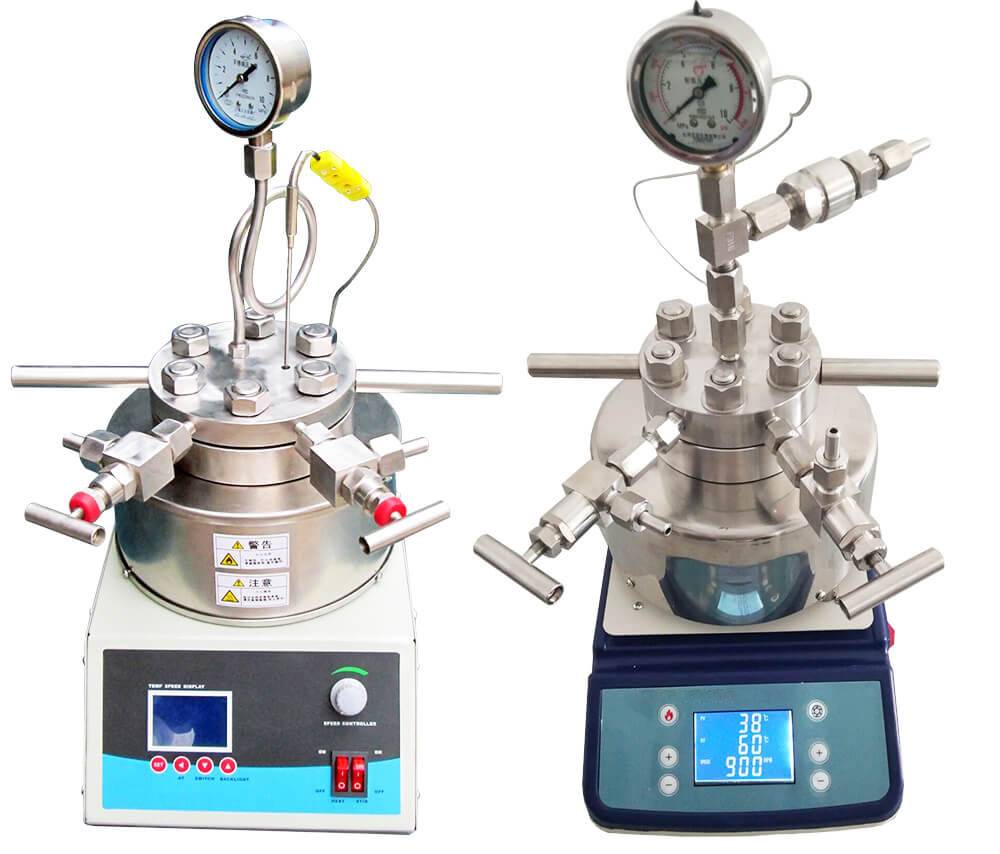
Le mécanisme d'étanchéité statique fonctionne selon le principe des champs magnétiques, qui interagissent avec les composants internes du réacteur pour permettre un fonctionnement sans heurts, sans avoir recours à des joints mécaniques. Cette approche permet non seulement d'améliorer la durabilité du réacteur, mais aussi de simplifier les procédures de maintenance. En éliminant la nécessité de remplacer fréquemment les joints, le coût opérationnel global est réduit, ce qui fait des réacteurs magnétiques un choix rentable pour les laboratoires.
En outre, l'étanchéité totale garantit que l'environnement de la réaction reste vierge, sans contaminants externes susceptibles d'altérer les résultats de la réaction. Ce niveau de contrôle environnemental est crucial pour les expériences nécessitant des conditions précises, telles que celles impliquant des milieux toxiques ou explosifs. L'efficacité du coupleur magnétique à maintenir un environnement scellé souligne l'adéquation du réacteur aux activités de recherche et de développement à fort enjeu.
Synthétiseurs à micro-ondes
Réactions catalytiques
Les synthétiseurs à micro-ondes jouent un rôle essentiel dans la catalyse d'un large éventail de réactions dans divers domaines, notamment la chimie organique, les produits pharmaceutiques et la biochimie. Ces synthétiseurs exploitent les propriétés uniques des micro-ondes pour améliorer les taux de réaction et les rendements, ce qui en fait des outils indispensables dans les laboratoires modernes.
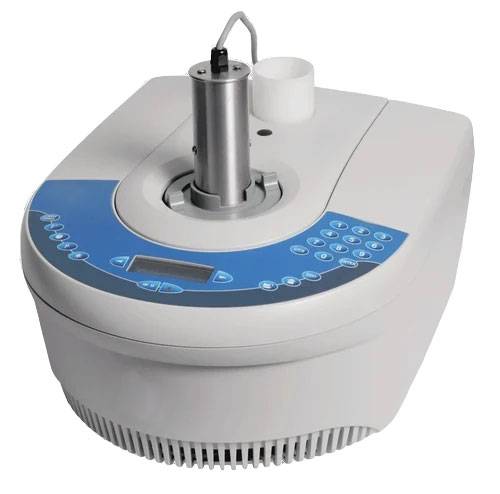
L'un des principaux avantages des synthétiseurs à micro-ondes est leur capacité à faciliter des réactions organiques complexes. Ces réactions nécessitent souvent un contrôle précis de la température et de la pression, conditions que les micro-ondes peuvent assurer efficacement. Par exemple, la synthèse de produits pharmaceutiques implique souvent des transformations moléculaires complexes qui bénéficient du chauffage rapide et uniforme fourni par les micro-ondes.
Dans le domaine de la biochimie, les synthétiseurs à micro-ondes sont utilisés pour catalyser des réactions impliquant des biomolécules. Ces réactions peuvent être particulièrement difficiles en raison de la sensibilité des matériaux biologiques à la chaleur et à d'autres facteurs environnementaux. Le chauffage contrôlé et les temps de réaction rapides offerts par les micro-ondes permettent de minimiser la dégradation et de maximiser la pureté du produit.
Au-delà des réactions chimiques, les synthétiseurs à micro-ondes jouent également un rôle crucial dans les processus physiques tels que l'extraction par solvant. Cette technique est largement utilisée pour l'extraction de composés précieux à partir de mélanges complexes, un processus qui peut être considérablement accéléré et optimisé grâce à l'énergie des micro-ondes.
En résumé, les synthétiseurs à micro-ondes sont des outils polyvalents qui étendent leurs capacités catalytiques à un large éventail de disciplines scientifiques, améliorant ainsi l'efficacité de la recherche et du développement en laboratoire.
Calorimètres de réaction
Mesures
Les calorimètres réactionnels sont des outils indispensables en laboratoire, conçus pour mesurer la chaleur dégagée ou absorbée lors de réactions chimiques ou de processus physiques. Cette mesure est cruciale pour comprendre la thermochimie et la cinétique, qui sont essentielles pour comprendre les changements d'énergie et les taux de réaction impliqués dans divers processus.
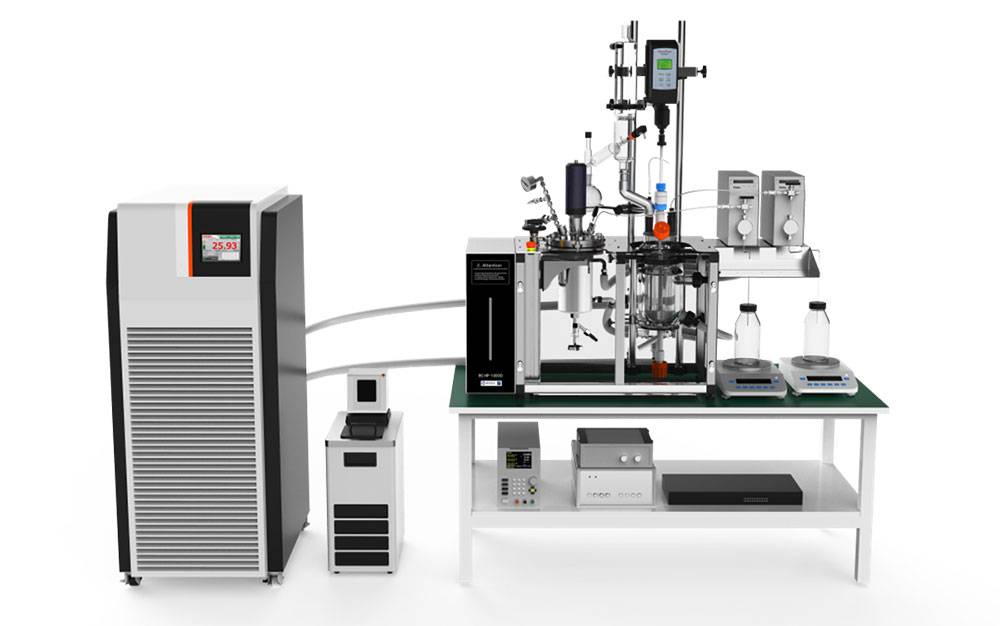
Les données recueillies par les calorimètres de réaction peuvent être utilisées pour analyser les propriétés thermodynamiques des réactions, telles que les variations d'enthalpie et d'entropie, qui sont fondamentales pour prédire les résultats des réactions et optimiser les conditions de réaction. En outre, les paramètres cinétiques dérivés de ces mesures, tels que l'énergie d'activation et l'ordre de réaction, fournissent des informations précieuses pour le contrôle et la mise à l'échelle des procédés.
| Mesure Paramètre | Aperçu thermochimique | Cinétique |
|---|---|---|
| Dégagement/absorption de chaleur | Changement d'enthalpie | Taux de réaction |
| Changement de température | Changement d'entropie | Énergie d'activation |
En surveillant le flux de chaleur, les chercheurs peuvent également identifier les risques potentiels, tels que les réactions exothermiques susceptibles d'entraîner un emballement des réactions ou une surchauffe, garantissant ainsi des pratiques de laboratoire plus sûres. L'intégration des données calorimétriques à d'autres techniques analytiques améliore la compréhension globale des systèmes réactionnels complexes, ce qui fait des calorimètres réactionnels un élément essentiel de la recherche et du développement en chimie moderne.
Dispositifs d'évaluation des catalyseurs
Principes d'évaluation
Les dispositifs d'évaluation des catalyseurs simulent des conditions de réaction réelles afin d'évaluer l'efficacité des catalyseurs. Cette évaluation repose principalement sur des paramètres dérivés des produits de la réaction, qui sont méticuleusement analysés pour mesurer l'efficacité du catalyseur. Ces méthodes d'évaluation sont classées en deux catégories : statique et dynamique.
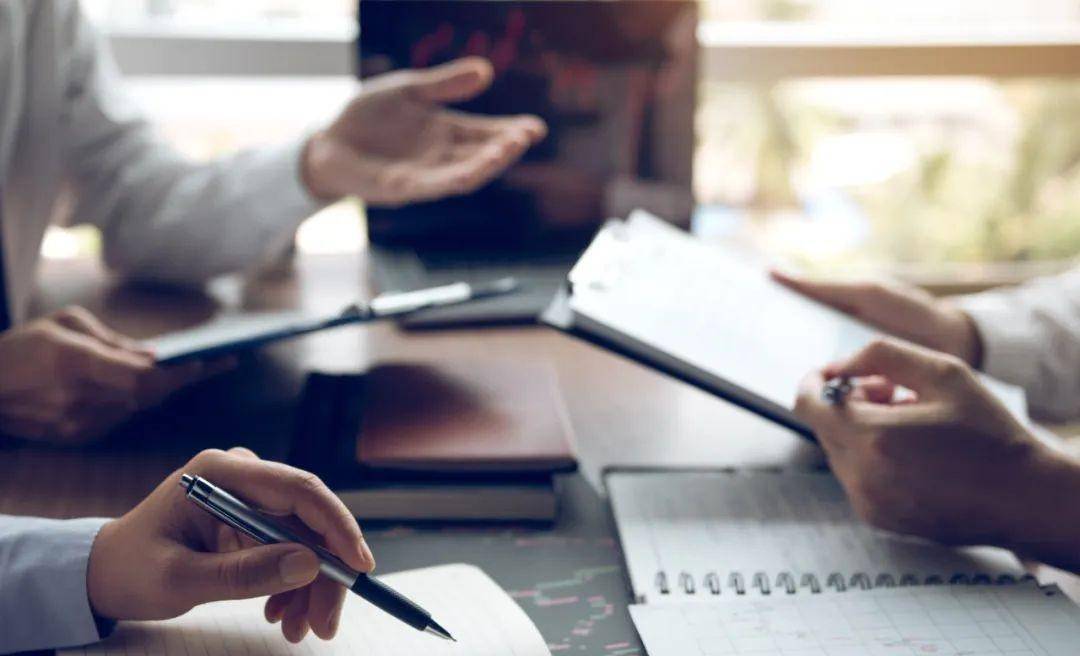
L'évaluation statique consiste à mettre en place un environnement contrôlé dans lequel les conditions de réaction restent constantes tout au long de l'expérience. Cette méthode est particulièrement utile pour étudier l'activité initiale et la sélectivité des catalyseurs dans des conditions stables. Les paramètres clés tels que la température, la pression et les concentrations de réactifs sont fixes, ce qui permet une analyse détaillée des performances du catalyseur sans l'interférence de variables fluctuantes.
L'évaluation dynamique L'évaluation dynamique, en revanche, imite des environnements industriels plus réalistes où les conditions de réaction sont sujettes à des changements. Cette approche évalue la capacité d'un catalyseur à maintenir son efficacité dans des conditions variables, telles que des températures fluctuantes ou des concentrations de réactifs changeantes. L'évaluation dynamique est cruciale pour prédire la performance et la stabilité à long terme des catalyseurs dans les processus continus, car elle fournit des informations que l'évaluation statique seule ne peut pas offrir.
| Type d'évaluation | Caractéristiques principales | Application |
|---|---|---|
| Statique | Conditions contrôlées et constantes | Études initiales d'activité et de sélectivité |
| Dynamique | Conditions variables | Performance à long terme et stabilité dans des processus continus |
Les méthodes d'évaluation statique et dynamique sont essentielles pour une évaluation complète de l'efficacité du catalyseur, garantissant que le catalyseur choisi est optimisé pour les conditions de réaction spécifiques qu'il rencontrera dans les applications pratiques.
Postes de travail de synthèse
Automatisation
Les réacteurs de synthèse entièrement automatisés, contrôlés par des systèmes informatiques avancés, révolutionnent le domaine de la recherche sur les composés et les médicaments. Ces machines sophistiquées gèrent avec précision et efficacité une myriade de processus, notamment l'alimentation, le chauffage, l'agitation et la distillation. L'automatisation permet non seulement d'améliorer la reproductibilité et la précision des expériences, mais aussi de réduire le risque d'erreur humaine, ce qui est particulièrement crucial dans les environnements de recherche délicats et à fort enjeu.

L'un des principaux avantages de ces systèmes automatisés est leur capacité à gérer des séquences d'opérations complexes sans intervention manuelle. Cette capacité est particulièrement utile pour la synthèse de composés complexes où le moindre écart peut entraîner des variations importantes dans le produit final. Les systèmes contrôlés par ordinateur garantissent que chaque étape est exécutée avec les paramètres exacts prédéfinis par les chercheurs, ce qui permet de maintenir la cohérence sur plusieurs séries.
De plus, l'automatisation permet un fonctionnement continu, ce qui peut accélérer considérablement le processus de recherche. Les chercheurs peuvent mettre en place des expériences qui se dérouleront pendant la nuit ou le week-end, ce qui permet de maximiser l'utilisation du temps de laboratoire. Ce fonctionnement en continu est facilité par la conception robuste des réacteurs, qui sont construits pour résister à des périodes d'utilisation prolongées sans compromettre les performances.
Outre leurs avantages opérationnels, les réacteurs de synthèse automatisés contribuent également à la sécurité du laboratoire. En gérant les processus dangereux tels que le chauffage et la distillation, ces systèmes minimisent l'exposition des chercheurs à des produits chimiques et à des conditions potentiellement dangereuses. Cela permet non seulement de protéger la santé et la sécurité de l'équipe de recherche, mais aussi de garantir la conformité avec les réglementations strictes en matière de sécurité des laboratoires.
L'intégration d'un contrôle informatique permet également une surveillance en temps réel et l'enregistrement de données, fournissant aux chercheurs des informations précieuses sur la dynamique de la réaction. Ces données peuvent être utilisées pour optimiser les conditions de réaction, identifier les inefficacités et affiner le processus de synthèse. La possibilité d'analyser et d'ajuster en temps réel est une avancée significative qui peut conduire à des résultats de recherche plus efficients et plus efficaces.
En résumé, l'avènement des réacteurs de synthèse entièrement automatisés représente un tournant décisif dans la manière dont la recherche sur les composés et les médicaments est menée. En tirant parti de la précision contrôlée par ordinateur, ces systèmes améliorent la reproductibilité, accélèrent les délais de recherche, améliorent la sécurité et fournissent des données précieuses pour l'optimisation des processus. Au fur et à mesure que la technologie évolue, son impact sur le domaine de la synthèse chimique est appelé à croître, ouvrant la voie à de nouvelles découvertes et innovations.
Produits associés
- Réacteur Autoclave Haute Pression en Acier Inoxydable pour Laboratoire
- Mini réacteur autoclave haute pression SS pour utilisation en laboratoire
- Réacteurs haute pression personnalisables pour des applications scientifiques et industrielles avancées
- Réacteur Autoclave de Laboratoire Haute Pression pour Synthèse Hydrothermale
- Agitateur chauffant magnétique à température constante de petite taille pour laboratoire
Articles associés
- Dangers et précautions de sécurité des appareils à pression de laboratoire
- Sécurité en laboratoire : Utilisation sûre des équipements à haute tension
- Comprendre le pressage isostatique : Processus, avantages, limites et applications
- Guide complet sur l'utilisation de l'électrode à disque rotatif (EDR) dans les études électrochimiques
- 10 étapes de sécurité essentielles pour l’utilisation des réacteurs sous pression dans les laboratoires





